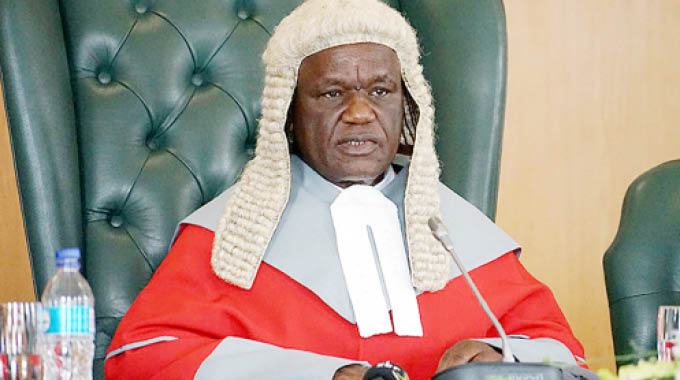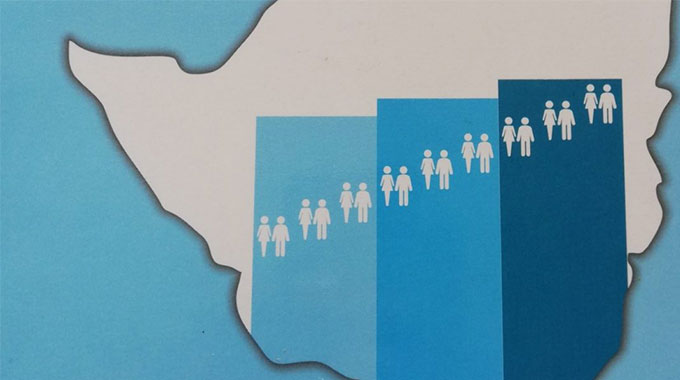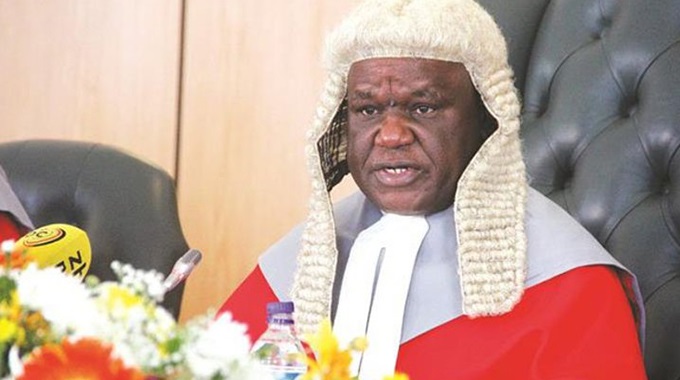Letters to the Editor: Supreme Court judgment on USD-RTGS in context

Jaqueline Sande, Harare Bureau
Since 2008, Zimbabwe has been enjoying a multi-currency regime introduced in order to restore sanity to the economy after years of hyperinflation.
It seemed like the only solution, the Zimbabwe dollar had all, but been rejected. Zimbabwe dollar notes released in the morning would be worthless by evening. The multi- currency regime brought with it certainty and the ability to plan into the future, something which had become impossible under the Zimbabwe dollar era. This was a good aspect for both industry and consumers.
On the flip side though, the strongest currency being the United States dollars soon emerged as the currency of choice in the country. Even though under the multi-currency regime, all regional currencies were to be accepted as a means of payment, the United States dollar soon gained monopoly with currencies such as the South African rand and the Botswana pula initially being sidelined and later on being totally rejected in favour of the United States dollar.
Thus the economy was dollarised.
There is no legislation which specifically introduced the United States dollar as the sole currency for transacting in Zimbabwe, but the economy simply opted for the greenback in favour of other regional currencies.
The United States dollar, whilst bringing about stability also brought with it many challenges. Use of the multi-currency regime meant that the country could not make use of monetary instruments in order to influence economic activity.
As such, the economy was being run using only the fiscal function. The use of the multi-currency regime also made locally-produced products more expensive as compared to imported products and thus made local products more expensive.
This had a negative impact on the country’s capacity to export and earn foreign currency.
The Transitional Stabilisation Programme (TSP) introduced a raft of measures meant to restore macro-economic stability and stimulate increased productivity in the economy. The monetary sector and the currency reforms implemented under TSP, included the separation of FCA accounts and RTGS accounts, liberalisation of the exchange rate, the establishment of an inter-bank foreign currency market and conversion of local United States dollars accounts into RTGS dollar accounts.
This process was gradual in order not to induce unnecessary shocks on the economy.
The entire process, culminated in the re-introduction of the Zimbabwe dollar (ZWL) through SI33/2019 which has since been applied and interpreted by the Supreme Court in its recent judgment. There has been an outcry against the judgment with some stating that it will deter investors from coming to Zimbabwe because it undermines property rights. Nothing can be further from the truth as the Supreme Court did nothing, but to interpret and apply the position of the law since the promulgation of SI 33/2019.
In essence nothing has changed, the Supreme Court judgment changes nothing, but merely enforces the law in accordance with the intentions of the legislature bearing in mind at all times the mischief that the legislature intended to cure.
It must be remembered that the State consists of the three arms: the Executive, Legislature and Judiciary. The Judiciary’s role is not to create or strike down laws, but merely to interpret them and apply them.
In promulgating SI33/2019, the intention of the legislature was to strip the United States dollar as a medium of exchange so as to preserve it as a reserve currency.
The Supreme Court had the occasion to interpret and apply the provisions of SI 33/2019 and bring the intention of the legislature into practicality. As stated above, it is the duty of the courts to interpret statutes and in so doing the court uses “Where the language used in a statute is clear and unambiguous, the words ought to be given the ordinary grammatical meaning.” (Per Malaba CJ).
The case for determination was whether the provisions of SI 33/ 2019 applied to judgment debts obtained in United States dollars prior to the promulgation of the Statutory Instrument. The court held that all debts accrued prior to the promulgation of SI 33/2019, including judgment debts obtained in United States dollars are now payable in ZWL at the rate of 1:1.
The court has not done anything save to interpret and apply the law as was promulgated by the legislature.
The outcry against the Supreme Court is thus misplaced. There is nothing new that the Supreme Court judgment does, it merely applies the position of the law after the promulgation of the Statutory Instrument.
It is important to put the Statutory Instrument and the subsequent court judgment into the context of the Transitional Stabilisation Programme.
The intention of the blueprint was to bring monetary and fiscal reforms which will consolidate the economy and increase productivity.
The Minister of Finance from the onset indicated that the continued use of the United States dollar was no longer sustainable. There was no longer adequate United States dollars circulating in the system to sustain meaningful economic activity and that is when the gap arose which led to the creation of the black market.
There being no adequate supply of the United States dollar to finance the economy, it meant that the currency that was being held in our bank accounts was now a myth United States dollar, the actual United States dollar being absent from the system. By the time the Statutory Instrument was passed, no one actually had real United States dollars in their account anyway.
The deed had already been done and it was imperative that the law recognises this and puts it into application. This judgment should come as a relief to everyone. If the court had held otherwise, there would be pandemonium in the economy. Insurance companies would have to pay claims in United States dollars simply because the premiums were paid in United States dollars.
There would be a run-in on banks as people demanded United States dollars. Ordinary people who had borrowed would be required to pay back in United States dollars yet the truth is no one has United States dollars anymore. This would cause unnecessary hardship on everyone. The economy is de-dollarising. By the end of TSP, market distortions, resulting in price disparities depending on whether one is using United States dollar, cash, EcoCash or transfer, should be a thing of the past. At that stage the economy will have successfully de-dollarised.
Jaqueline Sande is a lawyer, strategist and a business consultant.










Comments